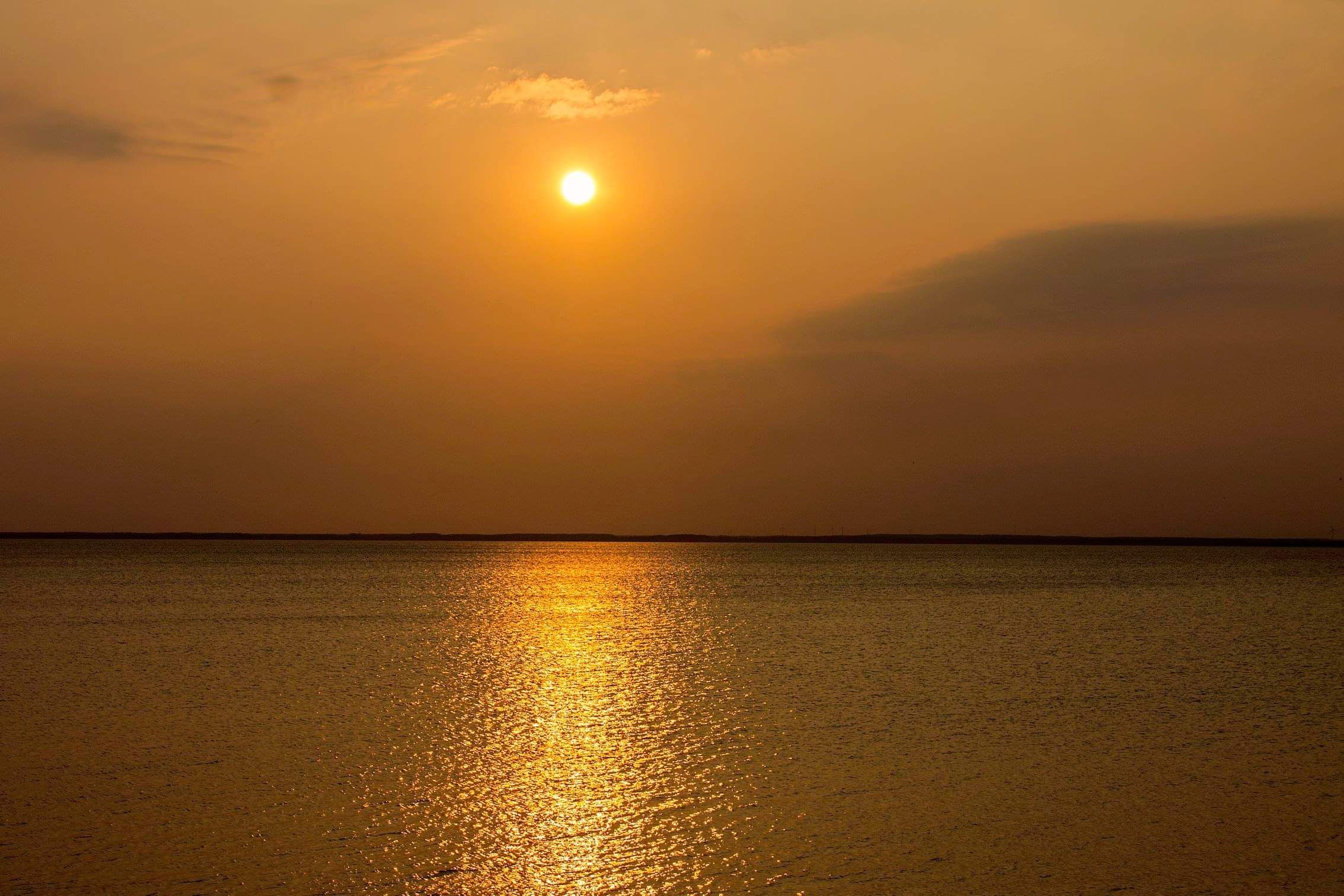UM and the Stave Church of Urnes
Imechapishwa: 26.07.2022
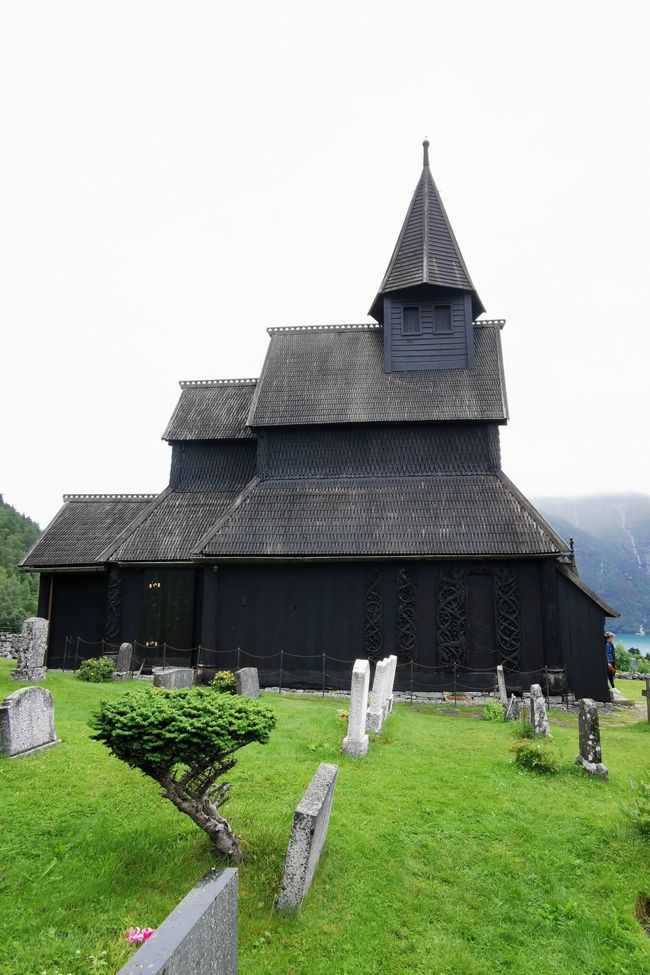
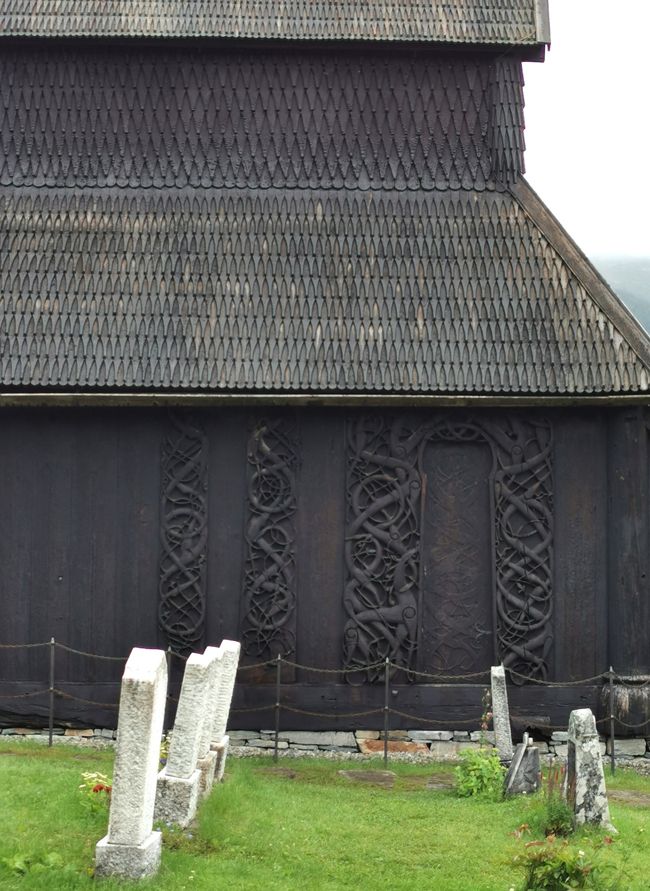
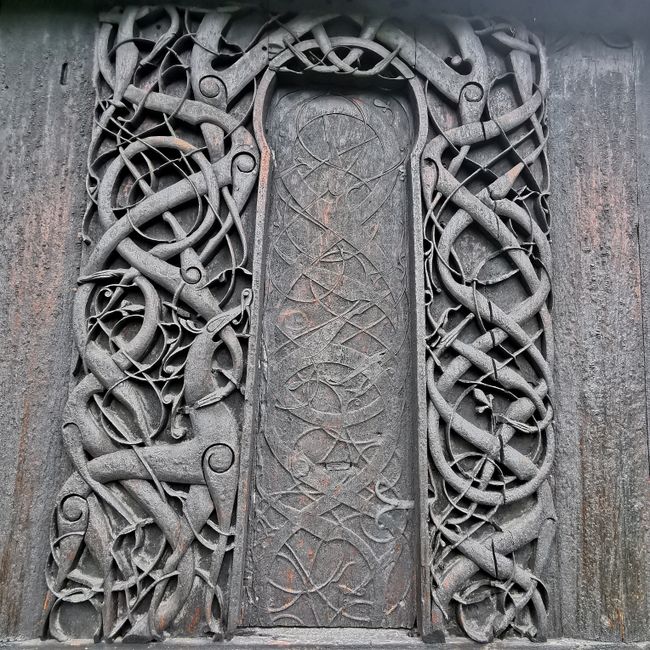
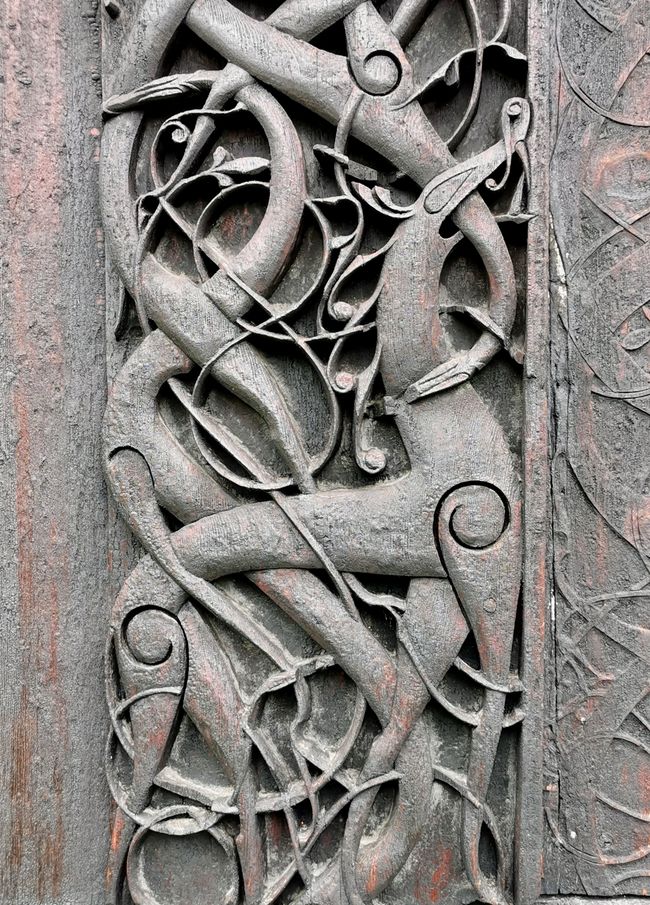
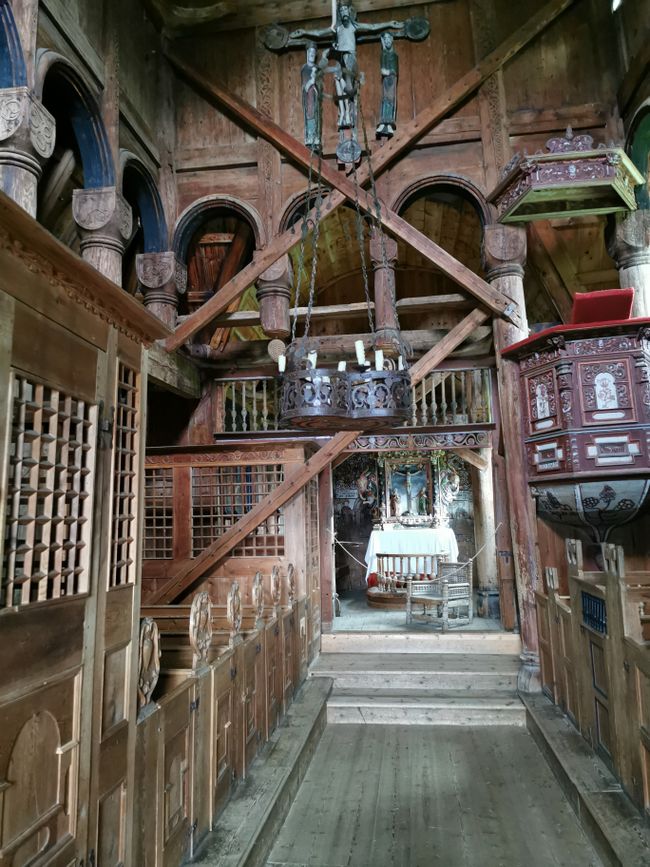
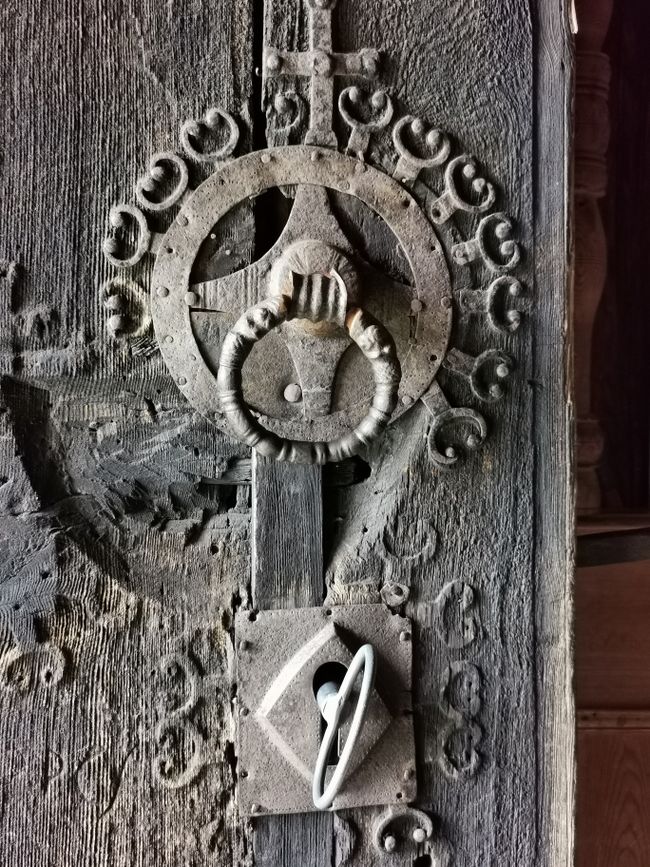
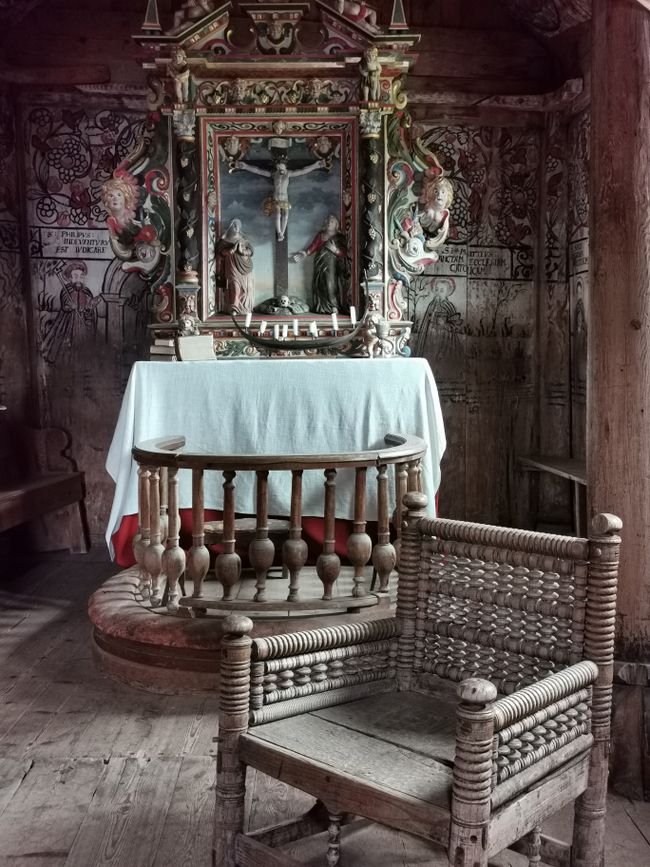
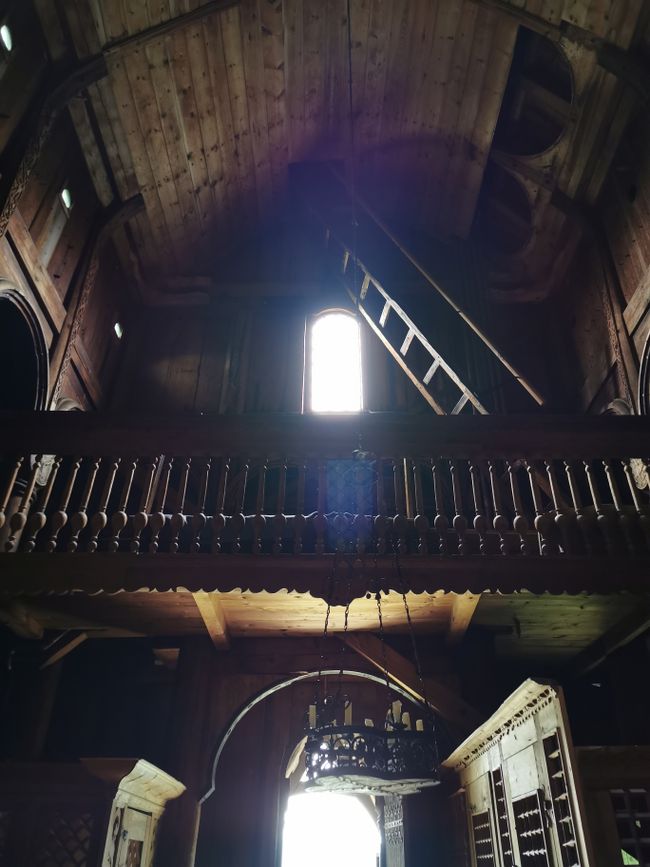
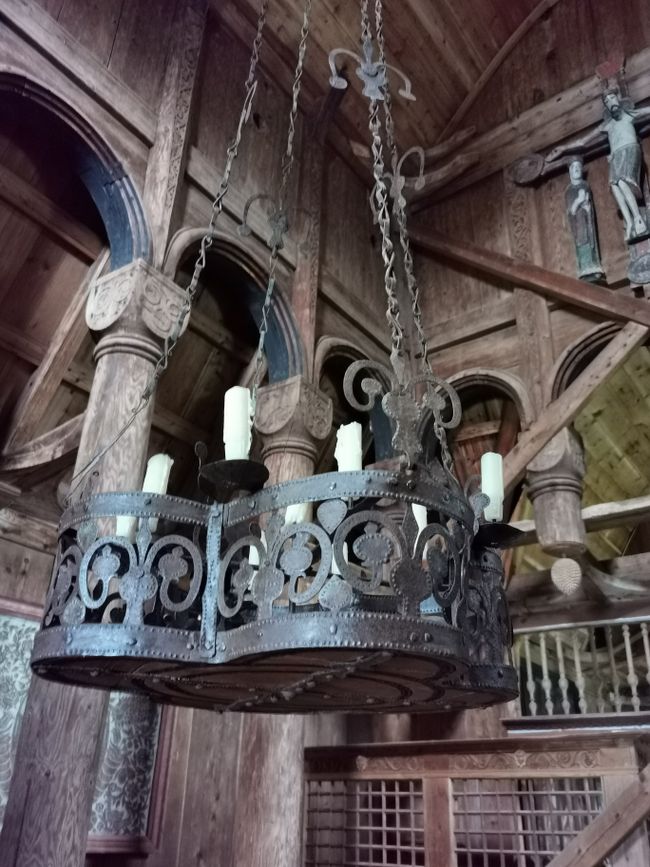
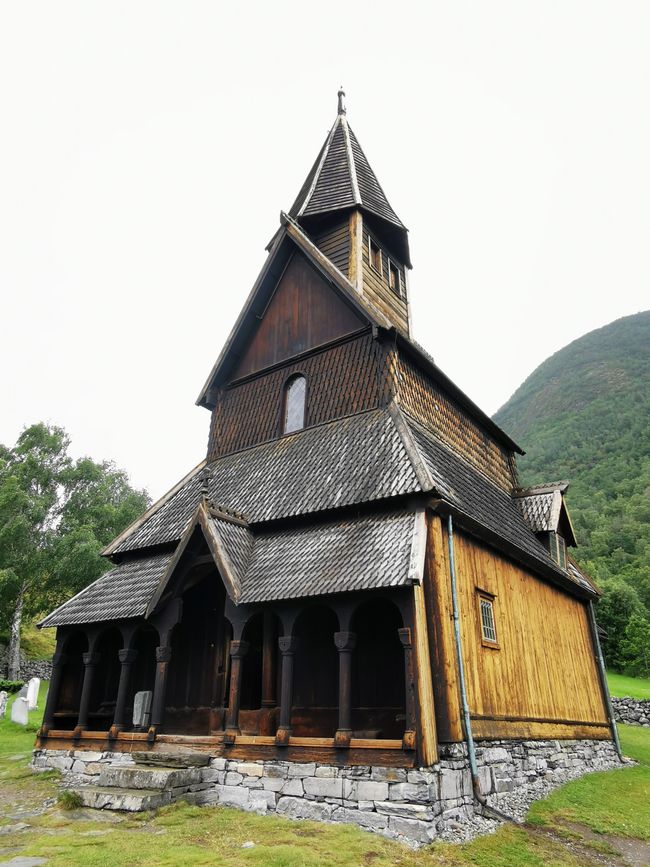
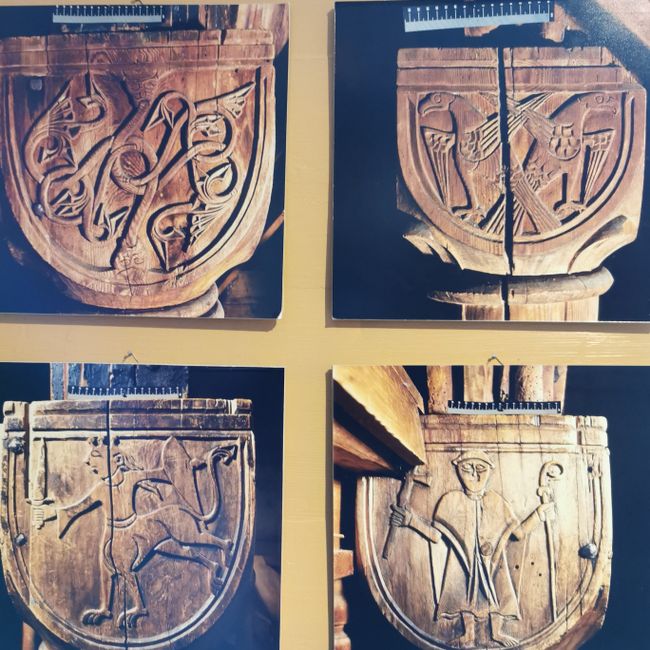
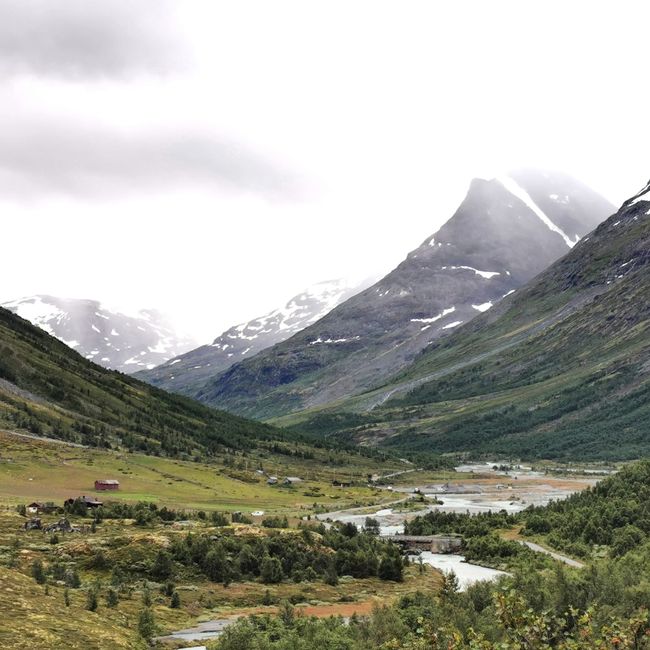
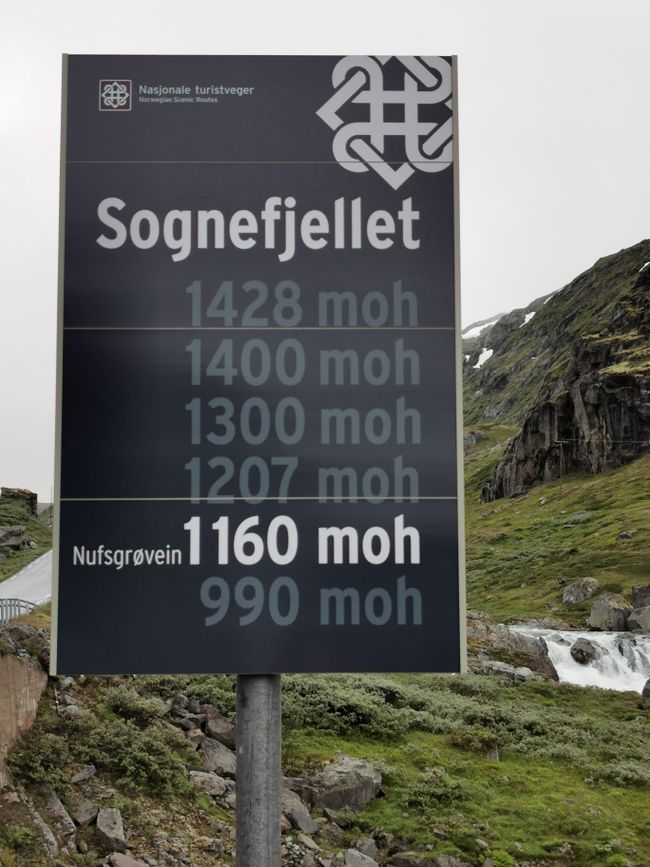
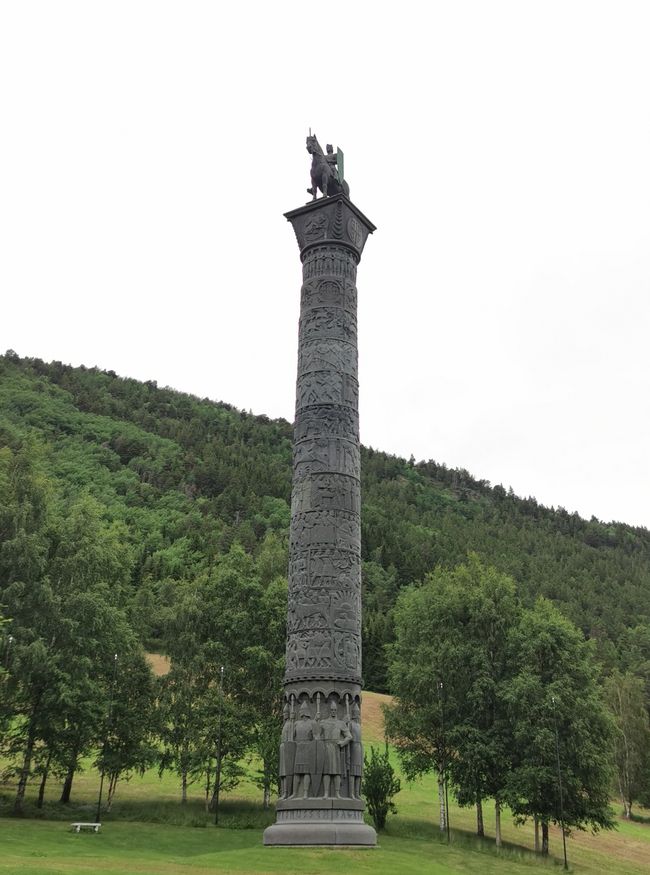
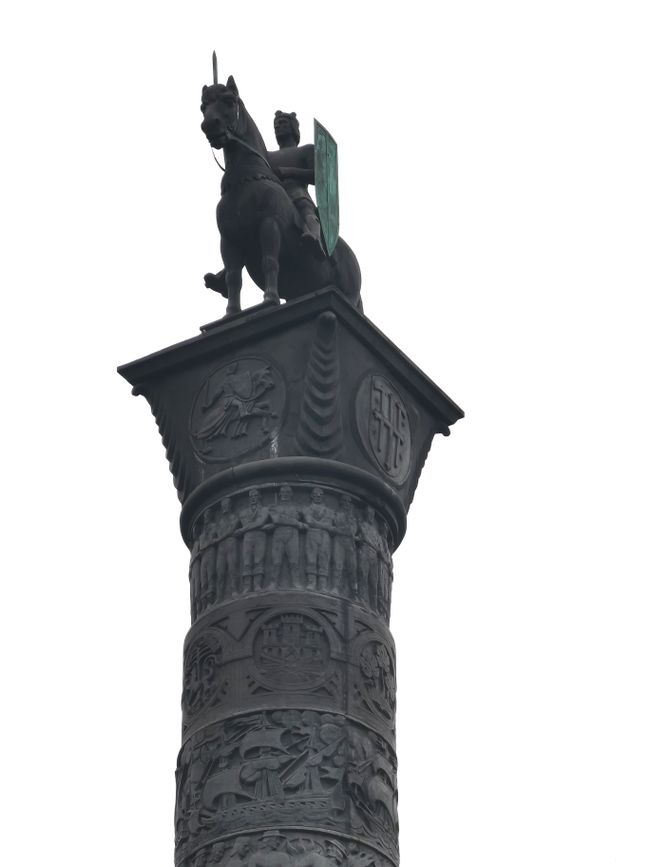
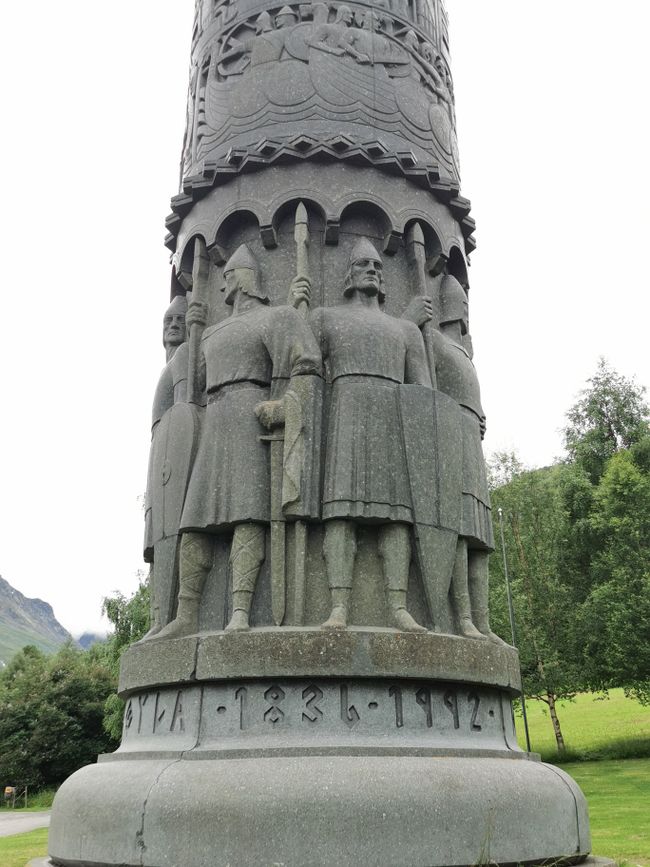
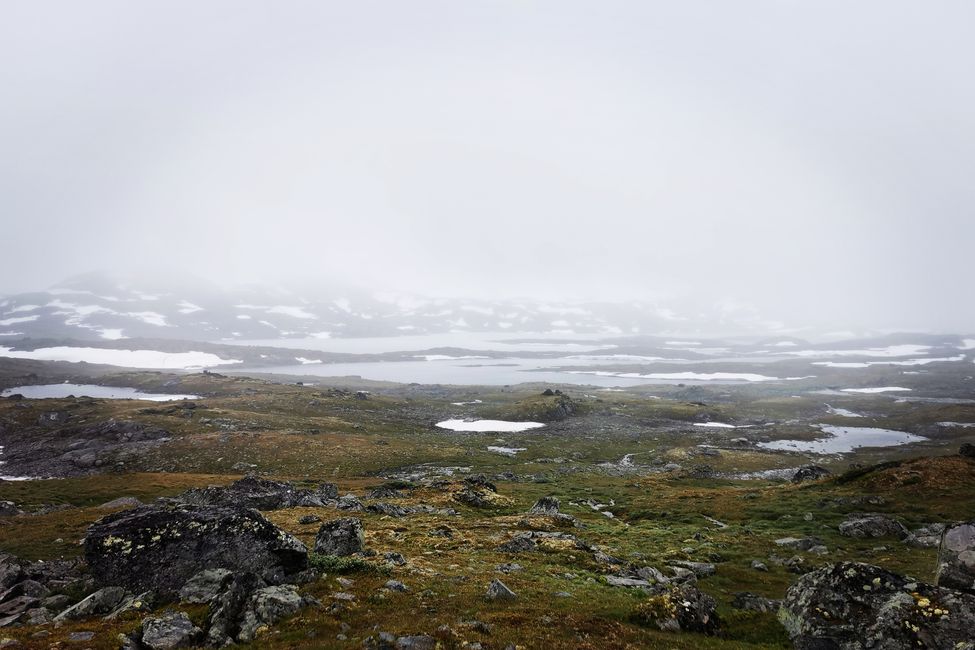
Jiandikishe kwa Jarida
We continue our journey. On our way to the Urnes Stave Church via the E55, we first encounter the Saga Column Um.
'The Saga Column, known as "Eidsvollsmonumentet" until 1992, is a 34-meter-high column with sculptures and reliefs - designed by sculptor Wilhelm Rasmussen in the 1920s.'
The pictures on the statue depict Norway's history from the Battle of Hafrsfjord to the country receiving its constitution in Eidsvoll in 1814. At the base of the column, we find the King's Rift. On top stands an equestrian statue of Harald Fairhair, the king who made Norway a kingdom at Hafrsfjord.
And onwards towards Urnes. However, an eventful drive awaits us over Norway's highest mountain, Galdhøpiggen, in Jotunheimen National Park. Once again, we are unlucky and encounter fog at the top. The temperatures drop to 6 degrees Celsius. However, this has a special charm. With the fog and light drizzle, nature provides us with a particularly wild atmosphere. Misty clouds, waterfalls, snow, and barren rock formations captivate us. But whoever wants to climb high, must also go back down. And here our motorhome reaches its limits. Halfway down, the brakes start to glow and smoke rises. So we stop and cool them with water. Several bottles of water are consumed in the process. We continue to drive, using the engine to brake. Once we reach the bottom, there is, of course, an auto workshop nearby. It seems they are familiar with this phenomenon. A quick look at our brakes and everything is alright. We can continue driving, but we should keep an eye on the brakes.
Arriving at Norway's oldest surviving stave church, we hiked uphill from the parking lot. It was built around 1130 AD, and the characteristic wood carvings on the north portal even come from an even older church. UNESCO Norway's oldest stave church is the only one of its kind recognized as a UNESCO World Heritage site. It is located with a clear view high above the magnificent Lusterfjord, in the exact same spot where it was erected in the early 11th century. Analysis of the wood from the framework proved that the logs were felled between 1129 and 1131. Remains of another church dating from around 1050 were also found where the church stands today. They were incorporated as parts of the current church. These include the portal, exterior cladding, and a corner post - parts that are adorned with eye-catching wood carvings. The church is unique and perhaps Norway's most significant contribution to world architecture. Today, it belongs to the Norwegian Society for the Preservation of Historic Monuments and was added to the World Heritage List in 1980.
Jiandikishe kwa Jarida
Jibu
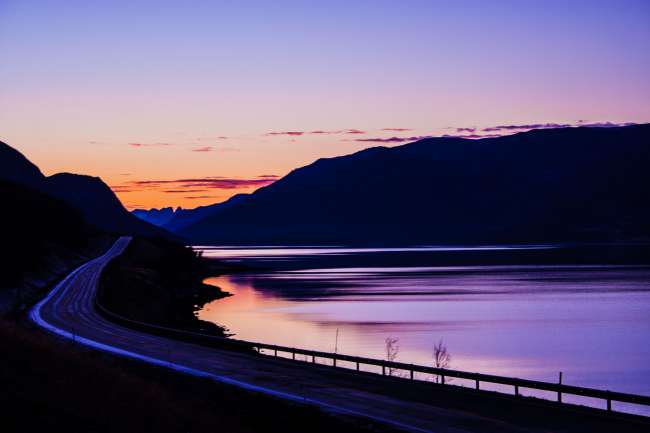
Ripoti za usafiri Norway
